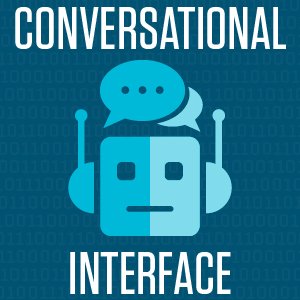
olly - Fotolia
CTO Simon Crosby explains edge intelligence, talks AI uses and risks

Edge intelligence is the newborn child of edge analytics and machine learning. In this podcast, CTO Simon Crosby explains the tech and discusses AI uses, data breaches and more.
What do you get when you cross machine learning with edge devices and mesh networks for predictive analytics? Edge intelligence software that cuts cloud and data storage completely out of the equation.
In this first episode of the monthly Conversational Interface podcast, we talk to Simon Crosby, CTO of a new edge intelligence software company called Swim.AI. Its software, Swim EDX, is a mashup of edge computing and machine learning that uses edge data and runs locally on existing edge devices, such as sensors, in a mesh architecture.
The software born of this complicated mix of technologies addresses the problem of what to do with all of the real-time data generated by edge devices and sensors, and how to use that data to provide fast, local analytics to governments, manufacturers and companies in other sectors that need it.
The edge intelligence software learns and predicts outcomes using "grungy edge data, on the fly, in real time," without any models and without saving any of the data, Crosby explained.

One of the biggest reasons he advocates for this twist on edge analytics -- besides his position as CTO of Swim.AI -- is that sending big data to the cloud and storing it there is too costly to be practical.
"The cost of solving some of these problems in the cloud is just ludicrous," Crosby said.
In the example of using big data to make traffic predictions, transmitting data to the cloud for storage and processing isn't feasible for real-time edge analytics insights.
"If it costs me $50 a month to predict future traffic at an intersection, in the cloud, it isn't economically useful," Crosby said. "However, if it costs me a $1 or 10 cents, it is useful because Uber will buy that."
He went on to explain that there is a range of insights that are inexpensively produced on spare CPU cycles on edge computing devices. This data can be made available to empower people to make decisions quickly, without the "complicated problem of how to blast vast amounts of data to the cloud where you have to store it, clean it and think about it later," Crosby said.
Crosby's history in the technology industry is punctuated by his role as co-founder of XenSource, the Xen hypervisor acquired by Citrix in 2007, and his subsequent position as CTO of the data center and cloud division at Citrix. In 2011, he moved on to co-found Bromium, which develops micro-virtualization software for endpoint security.
In this podcast, Crosby describes the opportunities and challenges of edge intelligence. He also shares his insights into broad artificial intelligence challenges and the AI uses he thinks will have the biggest impact on businesses in the immediate future.
In addition, Crosby discusses his concerns about big data collection, real-world data security threats and how companies can collect data for AI projects without running the risk of being the next data breach headline.
Ed Burns, site editor of SearchEnterpriseAI.com, contributed to this podcast.